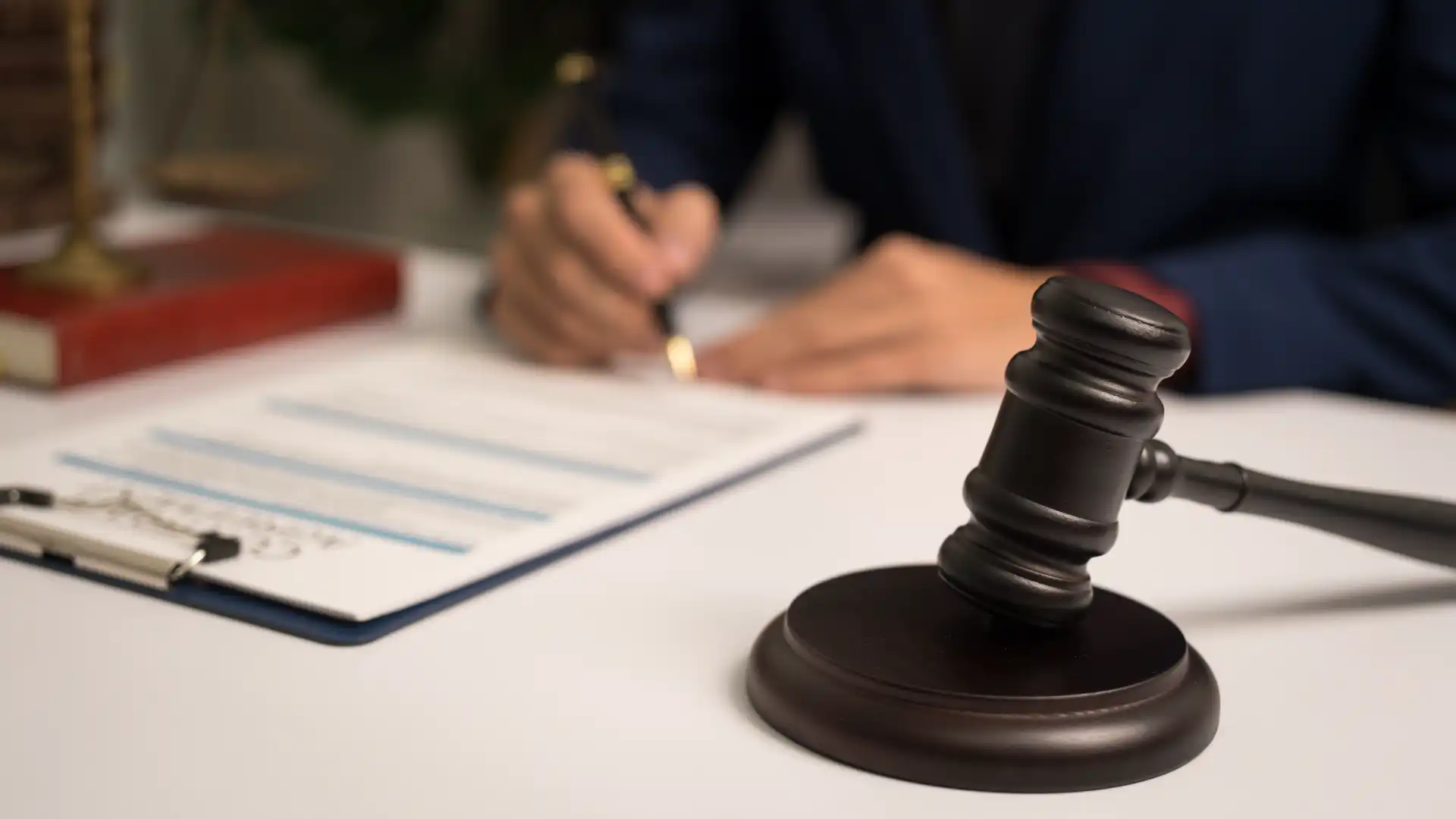What Is Prior Art in Patent Law and Why Does It Matter?
Filing a patent is a powerful way to protect your invention, but there’s one concept that often determines whether your application succeeds or fails: prior art. If you’re not familiar with this term, you’re not alone — but understanding prior art in patent law is essential for anyone looking to secure intellectual property rights in 2025 and beyond.
In this article, we’ll explain what prior art is, how it’s used during patent examination, and how you can deal with it when preparing your patent application.
What Is Prior Art?
In simple terms, prior art refers to any public information that describes your invention — or something very similar — before your patent application’s filing date.
According to the USPTO, this can include:
- Previously filed patents or patent applications
- Published journal articles or technical papers
- Books, websites, blogs, and manuals
- Marketing materials or product descriptions
- Public demonstrations or trade show displays
If something has been made public anywhere in the world before your filing date — and it relates closely to your invention — it may qualify as prior art.
Why Does Prior Art Matter?
Prior art matters because it can directly impact whether your invention meets the legal requirements for patentability. For an invention to be granted a patent, it must be:
- Novel: New and never before disclosed
- Non-obvious: Not an obvious improvement of existing technology
- Useful: It must serve a practical purpose
If prior art shows that your invention (or something very similar) was already known or obvious to someone skilled in the field, your application could be rejected.
Examples of Prior Art
Here are some real-world examples of what might be considered prior art:
- A university research paper describing a method similar to your invention
- A YouTube video demonstrating a product that uses your concept
- A brochure from a trade show that mentions the same technology
- An earlier patent that discloses part or all of your invention
Even if the prior art comes from another country or is written in another language, it still counts if it was publicly accessible before your filing date.
How Examiners Use Prior Art
When you file a patent application, a patent examiner conducts a search to determine if your invention is truly novel. They review patent databases and other resources to find relevant prior art.
If the examiner finds prior art that closely resembles your claims, they may issue an Office Action — a formal objection explaining why your application cannot be allowed in its current form.
At that point, you have the opportunity to:
- Amend your claims to distinguish your invention
- Provide arguments showing why your invention is still novel and non-obvious
- Abandon the application or refile with adjustments



